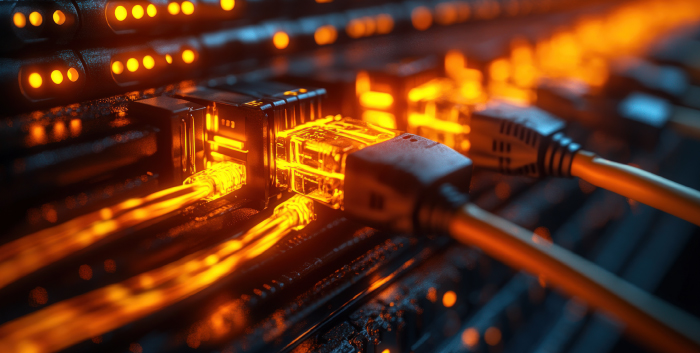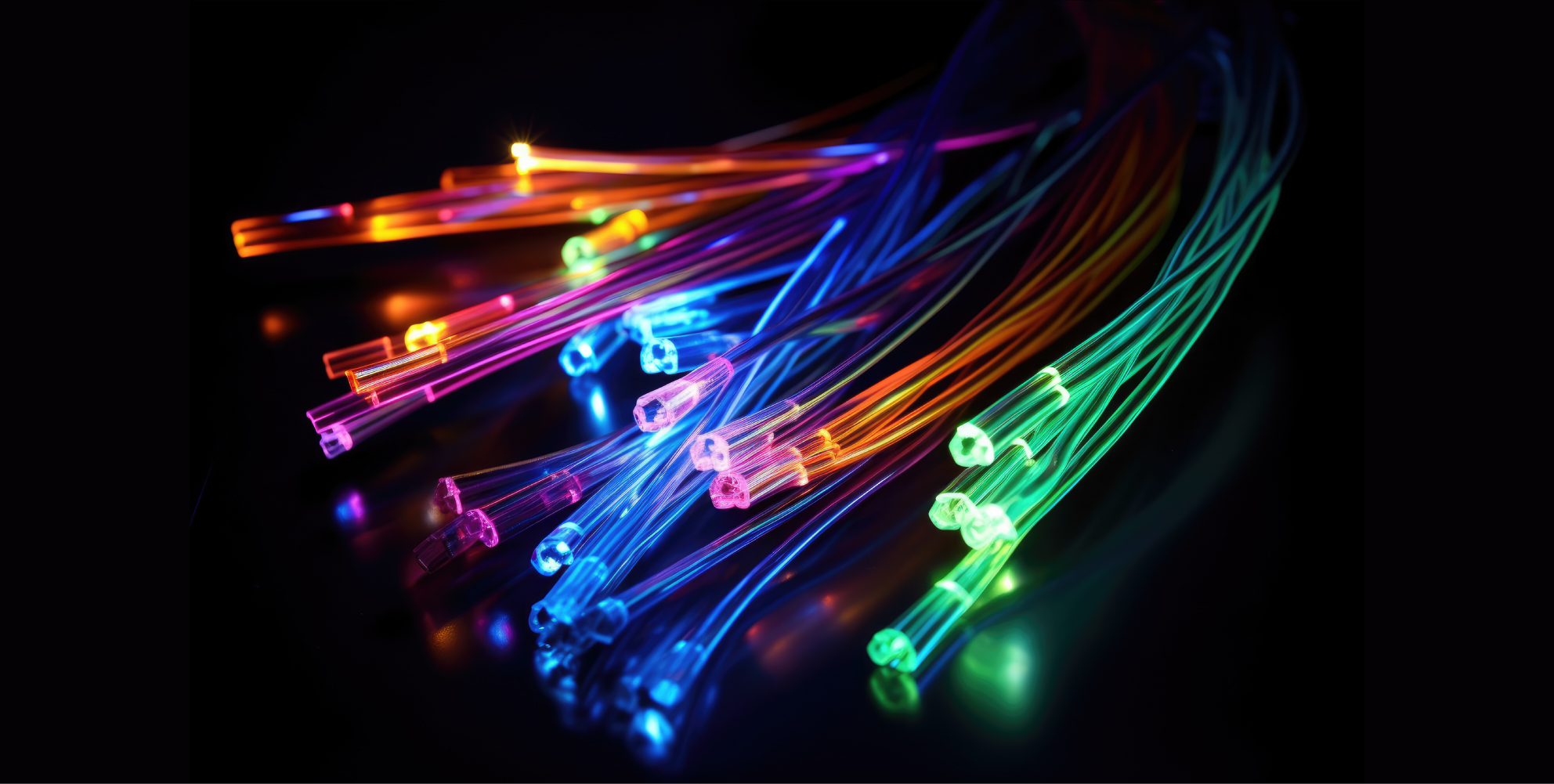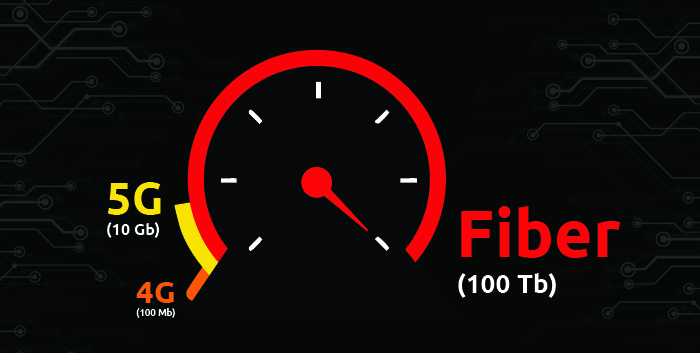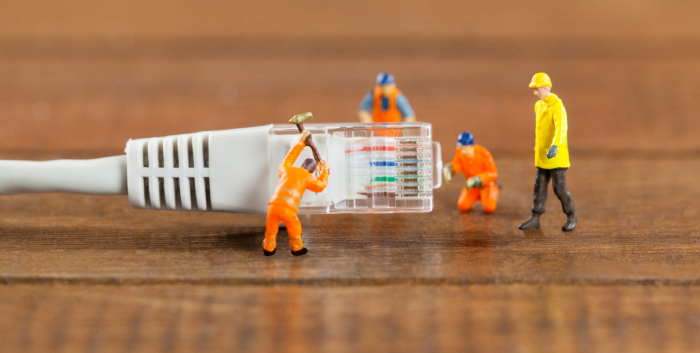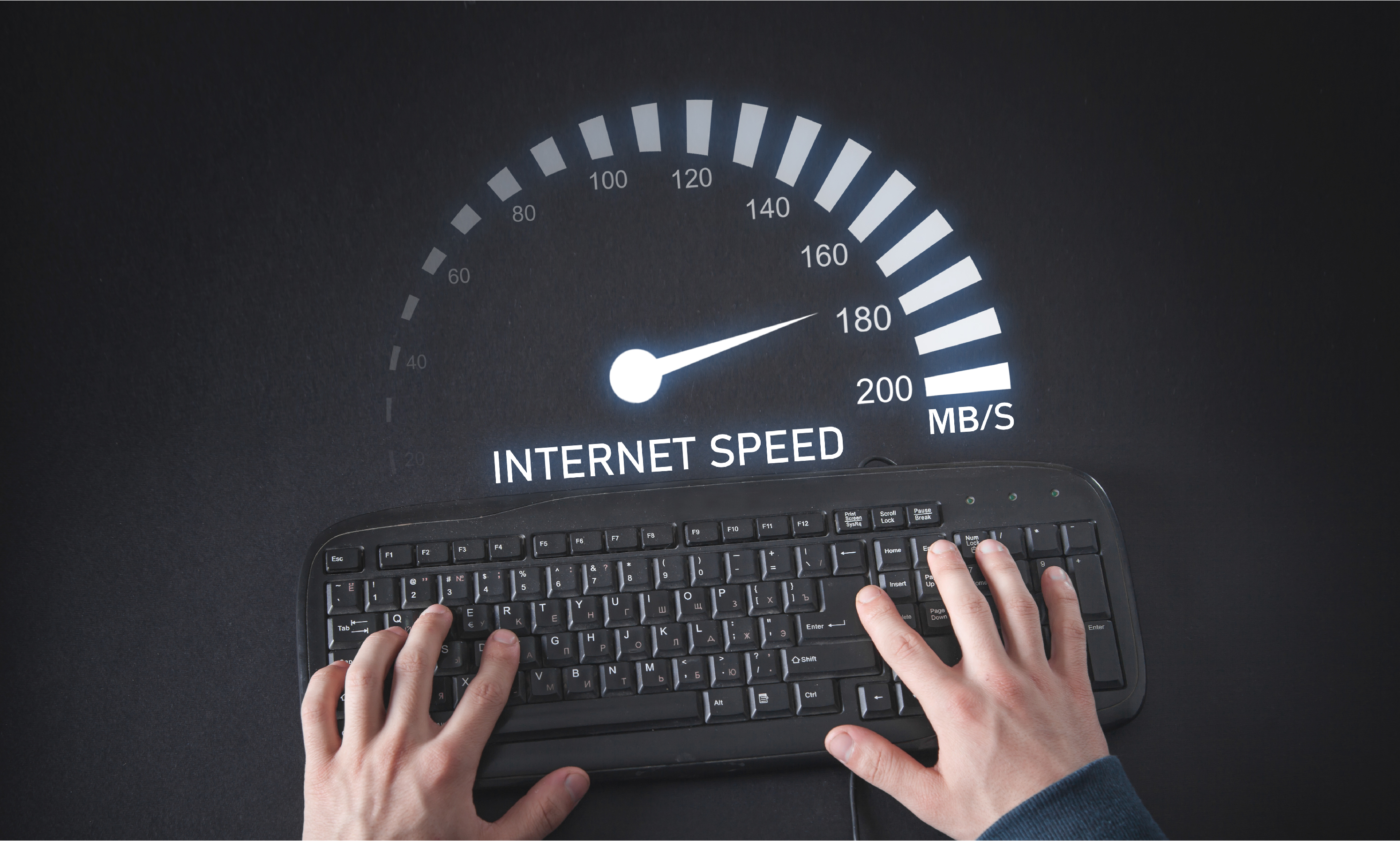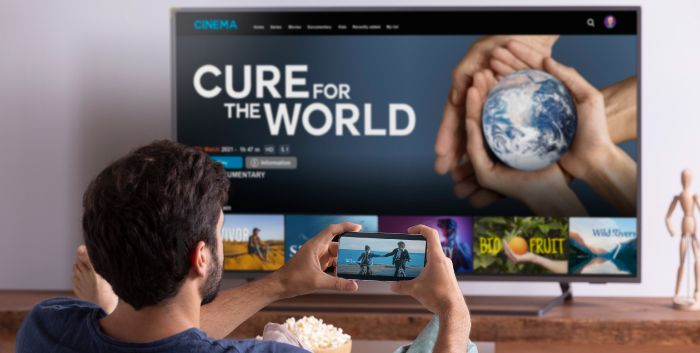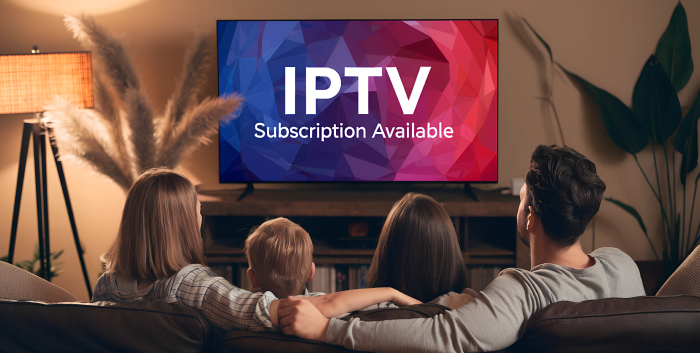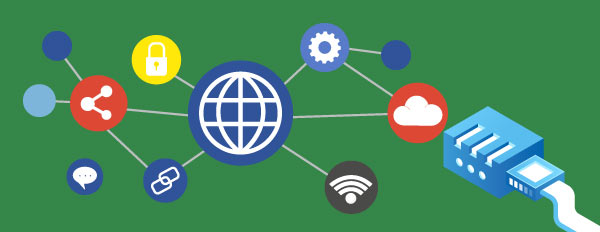What Is Wi-Fi 6, and Why Should You Upgrade? The Ultimate Guide for Indian Users
Picture this: It's 9 PM in your Mumbai apartment, and the entire family is online. Your spouse is attending an important work conference call, your teenager is streaming 4K content on Netflix, you're trying to upload presentation files to the cloud, and your smart home devices are constantly connecting. Yet, your internet feels slower than a traffic jam on the Outer Ring Road in Bangalore during peak hours.
Sound familiar? If you're nodding your head, you're not alone. Millions of Indian households and businesses face this exact scenario daily. With over 806 million internet users in India and 1.12 billion mobile connections, our digital appetite has exploded beyond what traditional Wi-Fi can handle.
Imagine if there was a technology that could handle all these devices simultaneously without breaking a sweat—delivering lightning-fast speeds while actually extending your smartphone's battery life. Enter Wi-Fi 6, the revolutionary wireless standard that's transforming how we connect, work, and live in our increasingly digital world.
But here's the question that's probably running through your mind: "Is Wi-Fi 6 just another marketing gimmick, or does it actually deliver the promises?" Let's explore the reality behind this next-generation wireless technology and discover why upgrading might be the smartest decision you'll make for your home or business network this year.
Understanding Wi-Fi 6: The Next-Generation Wireless Revolution
Wi-Fi 6, officially known as IEEE 802.11ax, represents the sixth generation of Wi-Fi technology standards. Think of it as the difference between driving on a single-lane road versus a modern 8-lane expressway—both will get you to your destination, but one handles traffic significantly better.
The Wi-Fi Alliance officially ratified Wi-Fi 6 in 2020, establishing comprehensive certification programs to ensure seamless compatibility across different manufacturers. This isn't just an incremental upgrade; it's a complete reimagining of how wireless networks should function in our device-saturated world.
What makes Wi-Fi 6 fundamentally different?
Wi-Fi 6 utilizes 1024-QAM (Quadrature Amplitude Modulation) encoding, enabling each data symbol to carry 10 bits of information compared to Wi-Fi 5's 8-bit capacity. This 25% improvement in raw data transmission forms the foundation for everything else Wi-Fi 6 accomplishes.
But the real magic happens when you combine this with 160 MHz channel width—effectively doubling the highway lanes available for your data to travel. The result? Theoretical maximum speeds reaching up to 9.6 Gbps under optimal conditions, compared to Wi-Fi 5's maximum of 1.74 Gbps.
The Technology Behind Wi-Fi 6's Superior Performance
Advanced Modulation and Spectrum Management
You might be wondering, "How exactly does Wi-Fi 6 achieve these impressive speeds?" The answer lies in three key technological breakthroughs:
- 1024-QAM Modulation allows Wi-Fi 6 to pack more data into each transmission, similar to fitting more passengers into the same train car without compromising comfort.
- 160 MHz Channel Width provides twice the spectrum space of traditional Wi-Fi 5 deployments, enabling more data to flow simultaneously.
- Orthogonal Frequency Division Multiple Access (OFDMA) represents perhaps the most revolutionary advancement. Instead of serving devices one at a time, OFDMA allows your router to communicate with multiple devices simultaneously—imagine a restaurant server taking orders from multiple tables at once instead of serving each table individually.
Enhanced Multi-User Capabilities
Traditional Wi-Fi networks often struggle when multiple devices compete for bandwidth. Wi-Fi 6 addresses this through 8x8 uplink/downlink MU-MIMO (Multi-User Multiple-Input Multiple-Output) technology.
This enhancement enables access points to maintain consistent performance even as device density increases—crucial for Indian households where the average family uses 10-15 connected devices simultaneously.
Real-World Benefits: Why Wi-Fi 6 Matters for Indian Users
Lightning-Fast Speeds for Bandwidth-Intensive Applications
Let's put Wi-Fi 6's capabilities into perspective with scenarios you encounter daily:
- 4K and 8K Video Streaming: No more buffering during your favorite web series on hotstar or Netflix, even when multiple family members are streaming simultaneously.
- Video Conferencing: Crystal-clear video calls without the embarrassing frozen-face moments during important client presentations or virtual family gatherings.
- File Transfers: Upload that 2GB project presentation to Google Drive in minutes, not hours.
- Gaming Performance: Lag-free online gaming experiences, crucial for India's growing esports community.
Superior Device Density Management
Here's where Wi-Fi 6 truly shines for Indian users. Consider a typical scenario in a Gurgaon office building or a residential complex in Hyderabad—dozens of devices competing for bandwidth across multiple floors.
Wi-Fi 6's advanced capacity management ensures consistent performance regardless of connected device count. Whether you're in a bustling co-working space in Bangalore or a smart home in Chennai with 20+ IoT devices, Wi-Fi 6 maintains optimal performance levels.
Extended Battery Life for Mobile Devices
One of Wi-Fi 6's most practical benefits addresses a daily pain point for Indian smartphone users—battery life. The 802.11ax specification includes comprehensive battery-preserving power-save methodology designed specifically for modern devices.
Your smartphone, tablet, and IoT devices can enter deeper sleep states while maintaining network connectivity, resulting in measurably improved battery life. For business users juggling multiple devices throughout long workdays, this translates to fewer charging breaks and increased productivity.
Wi-Fi 6 vs Previous Generations: A Clear Performance Comparison
To understand Wi-Fi 6's advantages, let's examine how it compares to its predecessors:
- Wi-Fi 4 (802.11n): Maximum speeds of 600 Mbps, single-band operation, limited device handling capability
- Wi-Fi 5 (802.11ac): Maximum speeds of 1.74 Gbps, primarily 5GHz operation, improved MU-MIMO support
- Wi-Fi 6 (802.11ax): Maximum speeds of 9.6 Gbps, dual-band optimization, advanced OFDMA and enhanced MU-MIMO
The progression isn't just about speed—it's about efficiency, capacity, and intelligent resource management that benefits every connected device in your environment.
Implementation Considerations for Indian Networks
Infrastructure Requirements and Upgrades
Before diving into Wi-Fi 6 adoption, you need to evaluate your current network infrastructure. The enhanced throughput capabilities can create bottlenecks if your existing internet connection can't support the increased data rates.
For Indian users, this means assessing whether your current broadband plan from providers like Jio Fiber, Airtel Xstream, or ACT Fibernet can fully utilize Wi-Fi 6's capabilities. A Wi-Fi 6 router connected to a 100 Mbps broadband connection won't deliver the full potential of the technology.
Power and Equipment Considerations:
Wi-Fi 6 access points with advanced spatial stream configurations require increased power delivery. If you're planning a business deployment, ensure your Power over Ethernet (PoE) infrastructure can support the 30+ watts required by high-performance Wi-Fi 6 access points.
Compatibility and Device Ecosystem
You might be asking, "Do I need all new devices to benefit from Wi-Fi 6?" The answer is nuanced. Wi-Fi 6 routers maintain backward compatibility with older devices, but you'll only experience the full benefits with Wi-Fi 6-enabled devices.
The good news? Most smartphones launched in India after 2020, including popular models from Samsung, OnePlus, Xiaomi, and Apple, support Wi-Fi 6. Similarly, newer laptops and tablets increasingly include Wi-Fi 6 compatibility as standard.
Business Case: Why Enterprises Should Prioritize Wi-Fi 6
For Indian businesses, Wi-Fi 6 represents more than just faster internet—it's a competitive advantage. Consider these scenarios:
- IT Companies in Bangalore and Hyderabad: Support hundreds of developers working simultaneously with cloud-based development environments, video conferencing, and large file transfers.
- Educational Institutions: Enable seamless online learning experiences for thousands of students accessing digital resources simultaneously.
- Healthcare Facilities: Support critical IoT medical devices, telemedicine applications, and electronic health record systems without network congestion.
- Retail and Hospitality: Provide superior guest Wi-Fi experiences while supporting point-of-sale systems, inventory management, and customer analytics platforms.
Future-Proofing Your Network Investment
Let's explore what lies ahead for wireless technology and why Wi-Fi 6 positions you for future success:
Wi-Fi 6E and Wi-Fi 7 Developments
Wi-Fi 6E extends Wi-Fi 6 capabilities into the 6 GHz spectrum, providing additional channels for even greater capacity. Wi-Fi 7 (802.11be) promises to support 2.4 GHz, 5 GHz, and 6 GHz bands simultaneously, further expanding capabilities.
Investing in Wi-Fi 6 today creates a foundation that's compatible with these future enhancements, protecting your technology investment for years to come.
IoT and Smart Device Integration
India's smart device market is exploding. From smart TVs and home automation systems to industrial IoT deployments, the number of connected devices per household and business continues growing exponentially.
Wi-Fi 6's superior device density management ensures your network remains performant as you add smart thermostats, security cameras, voice assistants, and other connected devices to your environment.
Making the Upgrade Decision: Cost vs. Benefits Analysis
You're probably wondering about the investment required for Wi-Fi 6 adoption. Let's break down the considerations:
For Home Users:
- Wi-Fi 6 routers in the Indian market range from ?8,000 to ?25,000 depending on features and coverage area
- Benefits include improved streaming quality, better video call experiences, and future device compatibility
- ROI becomes clear when supporting multiple high-bandwidth users and devices
For Businesses:
- Enterprise Wi-Fi 6 solutions require higher initial investment but deliver significant productivity improvements
- Reduced IT support calls due to network issues
- Enhanced employee satisfaction and productivity
- Competitive advantage in attracting tech-savvy talent and customers
Common Misconceptions About Wi-Fi 6
Let's address some myths that might be influencing your upgrade decision:
Myth 1: "I need to replace all my devices to benefit from Wi-Fi 6" Reality: Wi-Fi 6 routers improve performance for all devices through better traffic management and reduced network congestion.
Myth 2: "My current internet speed is the bottleneck, so Wi-Fi 6 won't help" Reality: Wi-Fi 6's efficiency improvements benefit all users, regardless of internet speed, through better device management and reduced latency.
Myth 3: "Wi-Fi 6 is only beneficial for businesses" Reality: Indian households with multiple users and smart devices see significant improvements in daily connectivity experiences.
Conclusion: Transform Your Digital Experience with Wi-Fi 6
Wi-Fi 6 isn't just another incremental technology upgrade—it's a fundamental transformation that addresses the connectivity challenges facing Indian homes and businesses today. With theoretical speeds reaching 9.6 Gbps, superior device density management, and intelligent power efficiency, Wi-Fi 6 delivers tangible benefits that improve your daily digital experiences.
The technology's advanced OFDMA implementation, enhanced MU-MIMO capabilities, and 1024-QAM modulation work together to create a wireless environment that actually gets better as you connect more devices. For Indian users dealing with multiple family members, smart home devices, and bandwidth-intensive applications, this represents a game-changing improvement.
Consider the growing digital demands in your life: video conferencing for work, online education for children, streaming entertainment, smart home automation, and cloud-based applications. Wi-Fi 6 ensures these activities coexist seamlessly without the frustrating performance degradation that plagues traditional wireless networks.
The investment in Wi-Fi 6 technology positions you for future success as Wi-Fi 6E and Wi-Fi 7 standards continue evolving. Rather than repeatedly upgrading network equipment, Wi-Fi 6 provides a foundation that remains relevant and performant for years to come.
For businesses across Indian metros—from tech companies in Bangalore to manufacturing facilities in Chennai—Wi-Fi 6 delivers competitive advantages through improved employee productivity, better customer experiences, and robust support for IoT deployments that drive operational efficiency.





